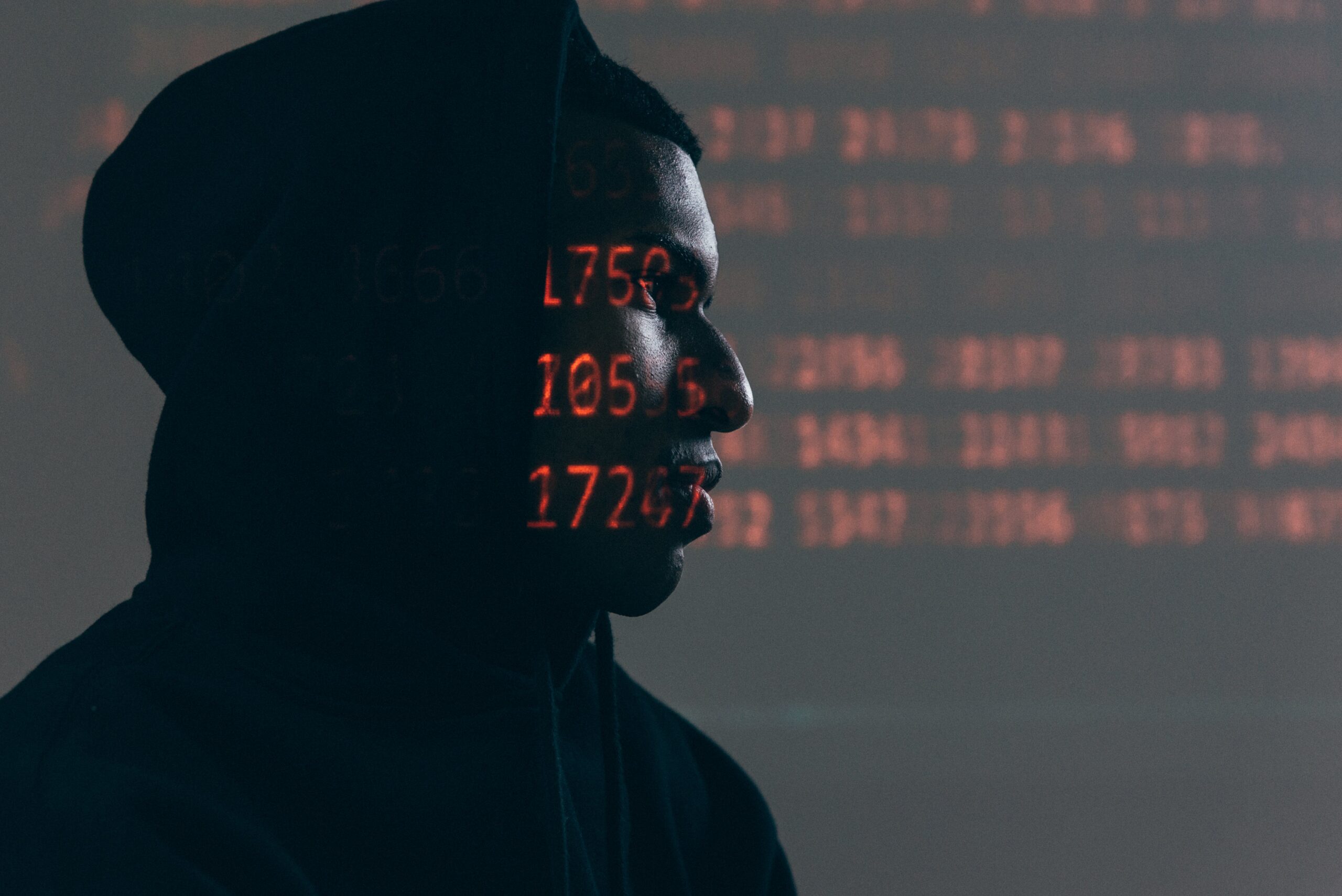1. The Hidden Dangers: Understanding the Main Culprits Behind Information Leakage in Cyber Security
2. Unmasking the Stealthy Threats: Common Causes of Information Leakage in the World of Cyber Security
3. Safeguarding Your Digital Assets: Identifying the Key Factors Contributing to Information Leakage in Cyber Security
Unveiling the Stealthy Threats: Identifying the Common Causes of Information Leakage in Cyber Security
Introduction:
With the increasing reliance on technology and the proliferation of cyber threats, information leakage has become a significant concern for individuals and organizations alike. Information leakage refers to the unauthorized disclosure of sensitive data, which can have severe consequences, including financial losses, damage to reputation, and regulatory non-compliance. In this article, we will dive into the main culprits behind information leakage, unmasking the stealthy threats that lurk in the world of cyber security. By understanding these common causes, we can take proactive steps to safeguard our digital assets.
1. The Hidden Dangers: Understanding the Main Culprits Behind Information Leakage in Cyber Security:
a. Insider Threats: One of the most significant culprits behind information leakage is insider threats. Insider threats refer to individuals within an organization who have authorized access to sensitive information but misuse it for personal gain or with malicious intent. This can include employees, contractors, or even trusted partners. Insider threats have access to valuable data and may leak it intentionally or unintentionally. It is crucial for organizations to have robust access controls, monitoring mechanisms, and employee training to mitigate this risk.
b. Malware and Advanced Persistent Threats (APTs): Malware and APTs are sophisticated cyber threats that often go undetected, allowing attackers to gain unauthorized access to sensitive information. Malware can be distributed through malicious emails, compromised websites, or infected software downloads. Once installed, it can monitor keystrokes, capture screen images, and exfiltrate data. APTs, on the other hand, are targeted attacks that persistently infiltrate organizations’ networks over an extended period. Both malware and APTs can compromise sensitive information and lead to its leakage.
c. Inadequate Security Measures: Another significant cause of information leakage is the lack of adequate security measures. Organizations that fail to implement strong access controls, regularly update their security systems, or patch vulnerabilities are susceptible to unauthorized access and data breaches. Additionally, weak passwords, unencrypted data, and insufficient network security can contribute to information leakage. It is essential for organizations to invest in robust security solutions, conduct regular vulnerability assessments, and establish a strong security culture to reduce the risk of information leakage.
2. Unmasking the Stealthy Threats: Common Causes of Information Leakage in the World of Cyber Security:
a. Phishing and Social Engineering: Phishing attacks and social engineering techniques are widely used to trick individuals into divulging sensitive information. Attackers impersonate legitimate entities or manipulate individuals through psychological manipulation to obtain login credentials, financial data, or personal information. These attacks can lead to information leakage, as unsuspecting victims inadvertently share valuable data with attackers. Vigilance, employee awareness training, and robust spam filters can help mitigate these threats.
b. Insecure Third-party Integrations: Organizations often rely on third-party vendors and service providers to enhance their operations. However, if these integrations are not adequately vetted or secured, they can become a weak link in an organization’s cyber defenses. Attackers may exploit vulnerabilities in third-party software or gain unauthorized access through poorly secured integrations, leading to information leakage. It is crucial for organizations to assess the security measures of their third-party vendors and regularly update the integrations to minimize this risk.
c. Human Error: Despite technological advancements, human error remains a common cause of information leakage. Mistakenly sending sensitive information to the wrong recipient, falling victim to social engineering attacks, or misconfiguring security settings can all lead to data leakage. Organizations should focus on comprehensive training programs that educate employees about data security best practices, encourage vigilant behavior, and cultivate a culture of cybersecurity awareness.
3. Safeguarding Your Digital Assets: Identifying the Key Factors Contributing to Information Leakage in Cyber Security:
a. Data Classification and Access Control: Properly classifying data based on its sensitivity ensures that appropriate security controls and access privileges are in place. Implementing robust access control mechanisms allows only authorized personnel to access sensitive information, reducing the risk of leakage.
b. Encryption and Data Loss Prevention (DLP): Encrypting sensitive data both at rest and in transit adds an additional layer of protection, making it harder for attackers to access and understand the information. Data Loss Prevention solutions monitor and detect potential incidents of information leakage, alerting organizations in real-time and allowing rapid remediation.
c. Incident Response and Preparedness: Establishing an incident response plan that outlines the steps to be taken in the event of an information leakage incident is crucial. Regularly training staff on incident response procedures, conducting simulated breach exercises, and having a well-defined communication plan can help minimize the impact of an information leakage incident.
Conclusion:
Information leakage is a prevalent and potent threat in the world of cyber security. By understanding the main culprits behind information leakage, organizations can proactively implement the necessary measures to safeguard their digital assets. It requires a holistic approach, encompassing technological solutions, robust security practices, employee awareness training, and a culture of cybersecurity vigilance. Only through collective efforts can we effectively combat the stealthy threats that seek to compromise our valuable information.



